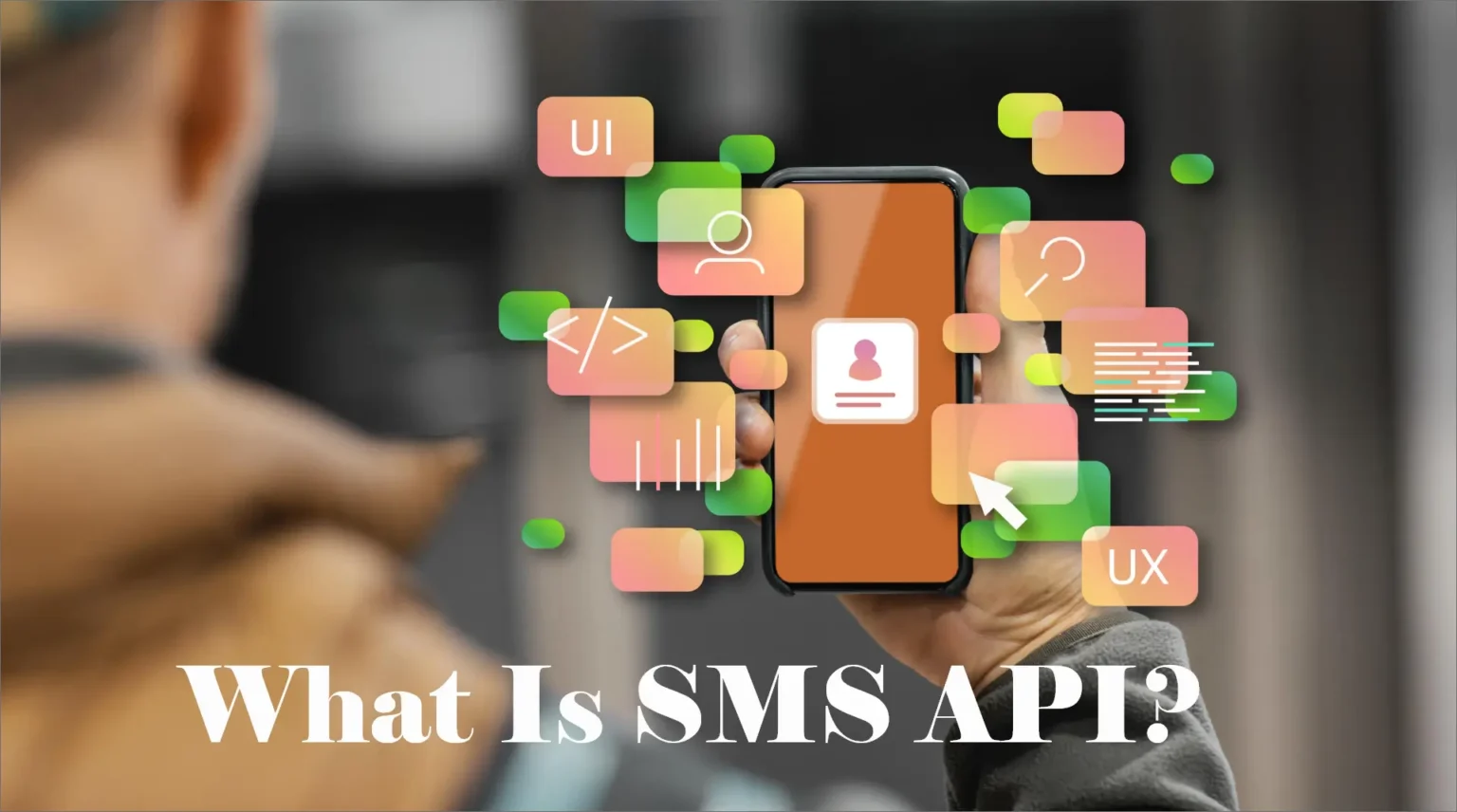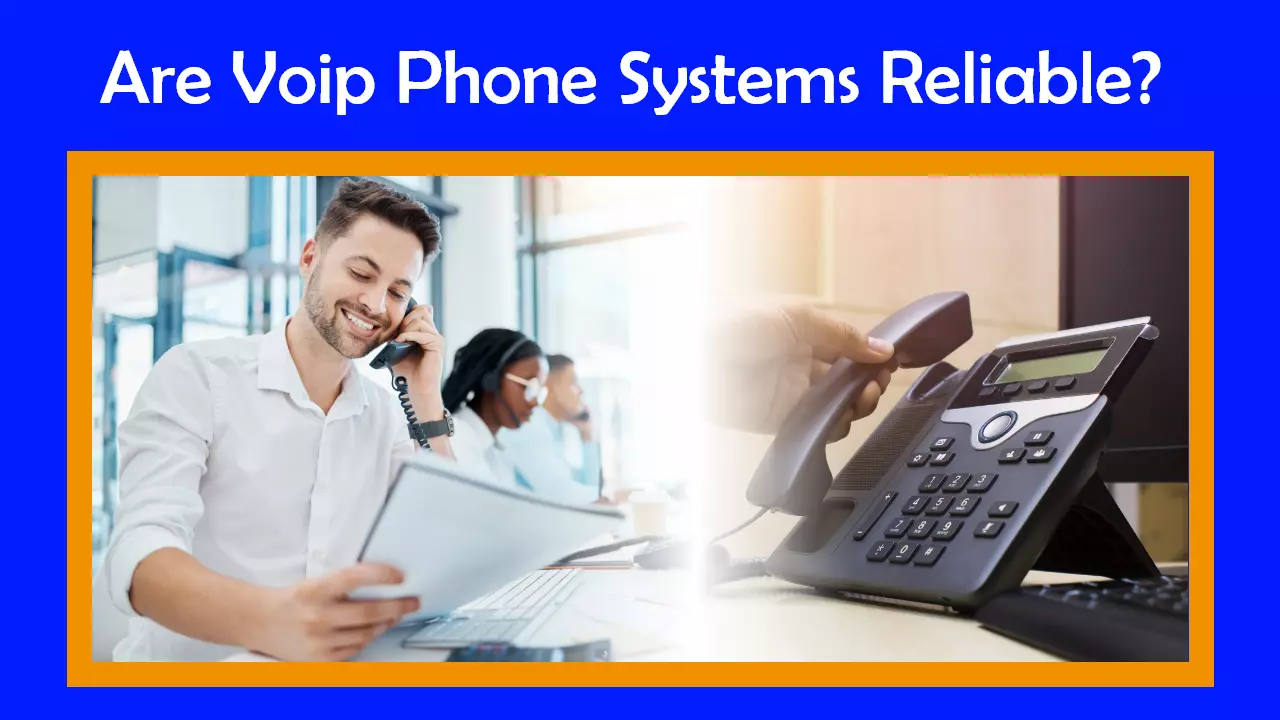
How To Call China From UK
International communication has become more critical than ever in our increasingly interconnected world. Whether you are trying to stay in touch with family and friends, conduct business, or collaborate on global projects, knowing how to make international calls efficiently is essential. If you are in the UK and need to call China, you will want to ensure your call is straightforward, affordable, and hassle-free. In 2022, mobile call duration reached 2.3 million in China, a 1.5% increase compared to the previous year. In this comprehensive guide, we will walk you through the steps to call China from the UK, covering everything from country codes to different calling methods and tips to save money on international calls. Steps For Calling China From UK It is essential to follow these straightforward steps for the international dialing process to ensure a smooth and successful international call when reaching out to friends, family, or business contacts in China from the United Kingdom, Consider obtaining a VoIP phone solution if you cannot access a traditional phone system. Begin by choosing the specific country, in this case, China, and proceed to acquire the necessary phone number by paying using your credit or debit card. It is worth noting that certain service providers may impose additional charges for international calls, so be sure to verify these fees in advance. Step 1: Understand the Chinese Country Code Knowing the country code is essential before you make an international call to China. The country code for China is +86. This code is used when dialing into China from any international location, including the UK. Step 2: Check Your Calling Plan You need to know your current phone plan’s international calling rates to call China from the UK. Contact your service provider to find out how much they charge per minute for calls to China. Many providers offer international calling packages or reduced rates for specific countries, so it’s worth exploring these options to save money. Step 3: Dialing China from a UK Landline or Mobile Phone Now that you know the country code and your calling plan’s rates, you can dial China from the UK. Here’s a step-by-step guide: Dial the International Access Code To call an international number from the UK, you’ll need to enter an international access code. For most UK providers, this is “00.” Dial China’s Country Code Enter +86, which is China’s country code. Dial the Chinese Area or City Code China is a vast country with multiple areas and city codes. For example, Beijing has an area code of 10, while Shanghai’s area code is 21. To find the specific area or city code you need, consult an online directory or ask the person you’re calling in China. Enter the Local Phone Number After dialing the international access code, country code, and area or city code, you must input the local phone number you wish to call in China. Be sure to include all digits, including any leading zeros. Press the Call Button Once you’ve entered the complete number, press the call button on your phone, and your call to China will be initiated. Step 4: Using International Calling Cards Another option for calling China from the UK is international calling cards. These cards are available at convenience stores, supermarkets, and online retailers. Here’s how to use them: Purchase an International Calling Card Buy one that supports calls to China. Read the card’s terms and conditions carefully, as rates and fees vary. Follow the Instructions Each calling card will have specific instructions for making international calls. Typically, you’ll need to dial a toll-free access number provided on the card, enter the PIN code (also on the card), and then dial the recipient’s phone number in China, including the country code. Check Rates and Balances Keep track of the rates and balances on your calling card to ensure you don’t run out of credit during your call. Step 5: VoIP and Internet Calling In today’s digital age, Voice over Internet Protocol (VoIP) services and Internet-based calling apps have become famous for international communication. Services like Skype, WhatsApp, and Zoom offer voice and video calling to China over the Internet. To use these services: Install the App Download and install the app of your choice on your smartphone or computer. Create an Account Sign up for an account if you don’t already have one. Most of these apps require you to provide your phone number. Add Contacts Add the contact you wish to call in China to your app’s contact list. Initiate the Call Open the app, find the contact, and initiate the call. These services often offer free or low-cost international calls, but you’ll need a stable internet connection. Popular Area Codes Of China China is an expansive country with many cities and regions, each characterized by its distinctive area code. To streamline your international calling process, here are some commonly encountered China area codes you may encounter when dialing a number in China. Country/ Region Code Handan (0)310 zhuzhou (0)731 Liupanshui (0)858 Qinhuangdao (0)335 Baichang (0)436 Jiali (0)8063 Changzhou (0)519 Dali (o)872 Tips for Saving Money on Calls to China International calling can be costly, but there are several ways to save money: i. Use Calling Apps Take advantage of free or low-cost calling apps like Skype, WhatsApp, or Zoom for internet-based calls. ii. Check Your Provider’s International Plans See if your service provider offers international calling packages or reduced rates for specific countries, including China. iii. Use International Calling Cards Use prepaid international calling cards for competitive rates. iv. Wi-Fi Calling When traveling or at home, use Wi-Fi calling features available on many smartphones to make international calls over a Wi-Fi network, reducing costs. v. Time Your Calls Make calls during off-peak hours or when your provider offers discounted rates. vi. Consider VoIP Services Explore VoIP services specializing in international calls, as they may offer more competitive rates than traditional phone providers. What Is The Best Time To Call China? China and the UK observe a substantial time difference, with China Standard Time (CST) typically being 7 to 8 hours ahead of Greenwich Mean Time (GMT) in the UK. This variation can fluctuate depending on the time of year and daylight saving time. It is essential to be mindful of this time zone difference to ensure a suitable and considerate timing for your international calls. Optimal moments to connect with China from the UK are during China’s daytime hours. Consequently, the recommended time frame for making calls is from 5:00 AM to 10:00 AM UK time (UTC & UTC+01:00). Adhering to this schedule enhances the likelihood of reaching your contacts in China when they are awake and available, promoting effective communication across the time zones. Final Words – Call to China From UK In this interconnected world, making international calls is invaluable for staying in touch with loved ones, conducting business, and collaborating on global endeavors. When calling China from the UK, navigating the process is essential to ensure a seamless, cost-effective, and hassle-free connection. Understanding the Chinese country code (+86), checking your calling plan for rates, and choosing the proper dialing method are the initial steps to initiate an international call to China. Whether you opt for traditional landline or mobile calls, international calling cards, or modern VoIP and internet-based options, there are choices to suit your preferences and budget. To save money on international calls, consider using calling apps, exploring your provider’s international plans, utilizing international calling cards, or taking advantage of Wi-Fi calling when possible. Furthermore, being mindful of the significant time difference between China Standard Time (CST) and Greenwich Mean Time (GMT) in the UK is crucial for effective communication. FAQs What do I call China from the UK? To call China from the UK, you need to dial the international access code (usually “00”), followed by China’s country code (+86), the area or city code (if applicable), and the local phone number you wish to call in China. Check your calling plan and rates with your service provider before making the call. What is China’s country code? China’s country code is +86. You’ll need to include this code when dialing any phone number in China from the UK. Are there different area codes in China? Yes, China is a large country with various cities and regions, each having its unique area code. For example, Beijing’s area code is 10, and Shanghai’s is 21. Include the correct area or city code when making your international call. What is the best time to call China from the UK? China Standard Time (CST) is typically 7 to 8 hours ahead of Greenwich Mean Time (GMT) in the UK. The best time to call China from the UK is during China’s daytime hours, roughly from 5:00 AM to 10:00 AM UK time (UTC & UTC+01:00). Calling during these hours increases the likelihood of reaching someone in China when they are awake and available. How can I save money on international calls to China? You can save money on international calls to China by considering the following: Using calling apps and VoIP services for cost-effective calls. Check with your service provider for international calling packages or reduced rates. Using international calling cards for competitive rates. Taking advantage of Wi-Fi calling when available. Timing your calls during off-peak hours for discounted rates. What is a VoIP phone solution, and how can I call China from the UK? VoIP (Voice over Internet Protocol) is a technology that allows you to make voice calls over the Internet. To use VoIP to call China from the UK, you can obtain a VoIP service, select China as the target country, and pay for the service using your credit or debit card. Some VoIP providers may charge additional service fees for international calls, so review their terms and conditions. Is using calling cards or VoIP services for international calls to China cheaper? The cost-effectiveness of calling cards or VoIP services for international calls to China can vary depending on the provider, your specific calling needs, and their rates. It’s advisable to compare rates and fees from both options to determine which suits your budget and preferences better. Can I call China from the UK to use the popular 320/ 7apps like Skype or WhatsApp? You can use popular calling apps like Skype, WhatsApp, Zoom, and others to make international calls to China from the UK. These apps offer voice and video calling over the Internet, often cheaper than traditional phone services. What should I do if I encounter problems when making an international call to China from the UK? If you encounter issues while making an international call to China, double-check the dialing sequence, including the country code, area or city code, and local phone number. Ensure that your calling plan has international calling capabilities and that you have sufficient credit or funds if using a prepaid method. If problems persist, contact your service provider for assistance. Read More: What Is Average Handle Time? How You Can Calculate It Read More: What Number is Best for Small Businesses – 08 or 03?








